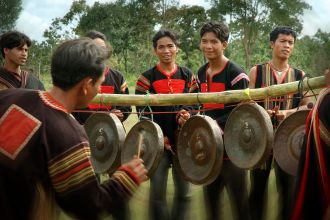You can be proud to know that in addition to 3 world natural heritages, Vietnam has 15 world cultural heritages and 4 world documentary heritages honored by UNESCO.
World physical cultural heritage
Complex of Hue ancient capital
The Complex of Hue Imperial Citadel or Hue Monuments Complex are historical-cultural relics built by the Nguyen Dynasty in the period from the early 19th century to the first half of the 20th century in the Hue capital. In the past, it now belongs to Hue city and a few surrounding areas of Thua Thien-Hue province, Vietnam. Most of these monuments are now under the management of the Hue Monuments Conservation Center and recognized by UNESCO as World Cultural Heritage on December 11, 1993.
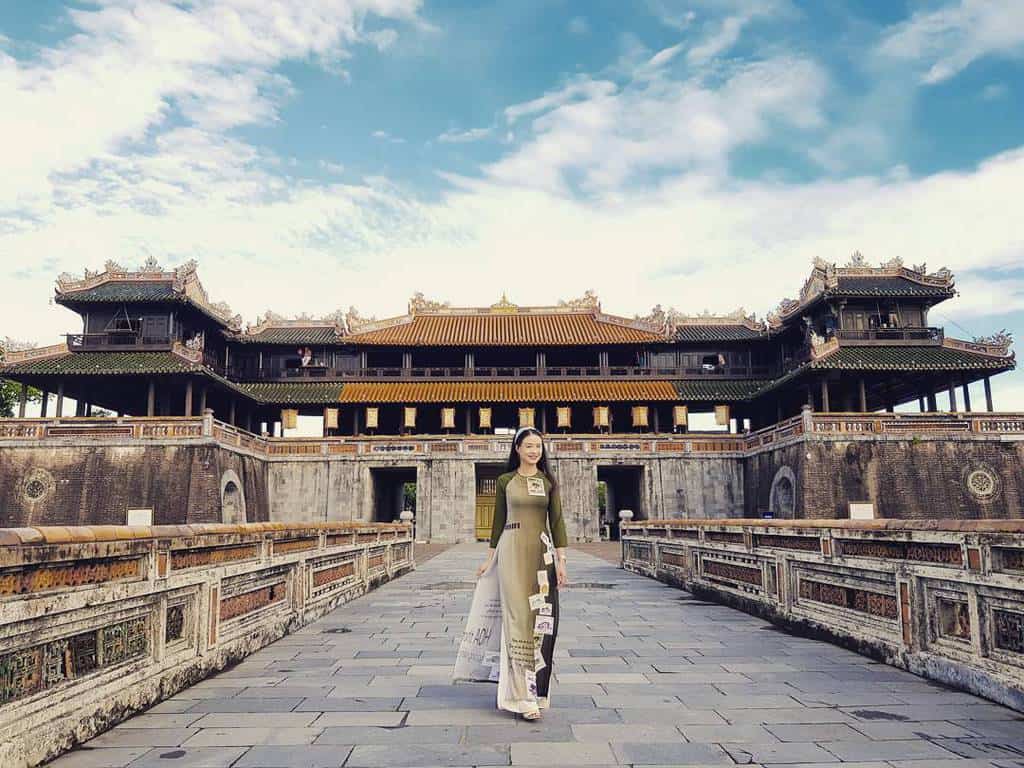
Hoi An
The ancient town of Hoi An today is a special example of a traditional urban port in Southeast Asia, which is preserved intact and thoughtfully. Most of the houses here are traditional structures dating from the 17th to the 19th centuries, the father section along the narrow streets. Hoi An is also a land marked with many mixed and cross cultural marks. The halls and temples bearing Chinese vestiges are located next to the traditional Vietnamese street houses and French architectural style houses.
With outstanding values, at the 23rd session on December 4, 1999, UNESCO recognized the ancient town of Hoi An as a world cultural heritage.

My Son Sanctuary
My Son Sanctuary in Duy Phu Commune, Duy Xuyen District, Quang Nam Province, is a complex of many Cham Pa temples in a valley about 2 km in diameter surrounded by hills. In the past, this was a place of worship as well as the tomb of Champa kings or princes, national favorites. In 1999, My Son Sanctuary was selected by UNESCO as one of the modern and modern world heritage sites.
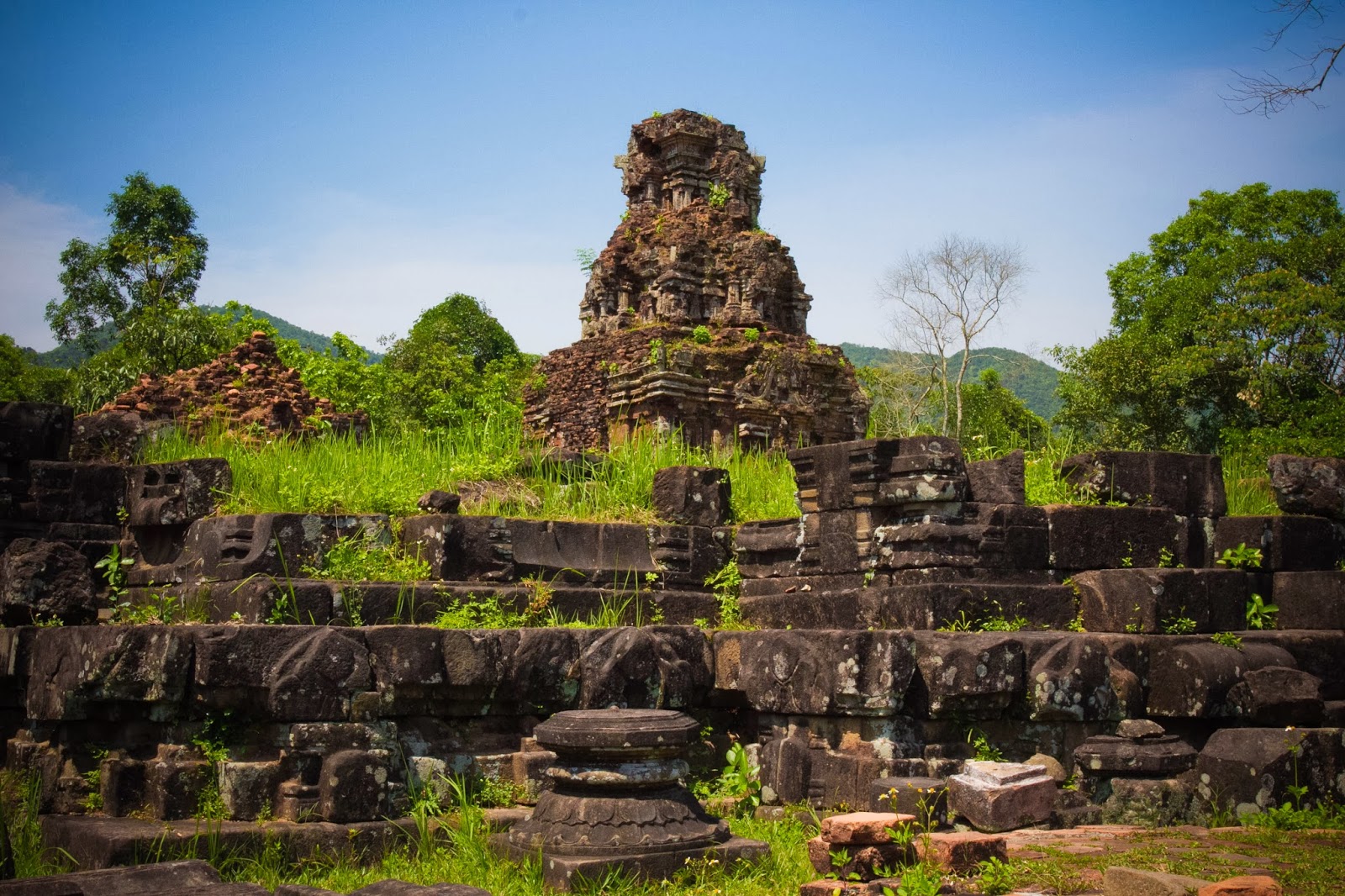
Imperial Citadel of Thang Long
Imperial Citadel of Thang Long is a complex of relics associated with the history of Thang Long - Dong Kinh and Hanoi provinces starting from the pre-Thang Long period (An Nam colonial in the 7th century) through the Dinh - Tien Le period, thrive under the Ly, Tran, Le and Hanoi citadel under the Nguyen Dynasty. This is a monumental architectural work, built by the royal court in many historical periods and has become the most important relic in the system of Vietnamese monuments.
On July 31, 2010, UNESCO passed a resolution recognizing the central citadel of Thang Long - Hanoi as a world cultural heritage.
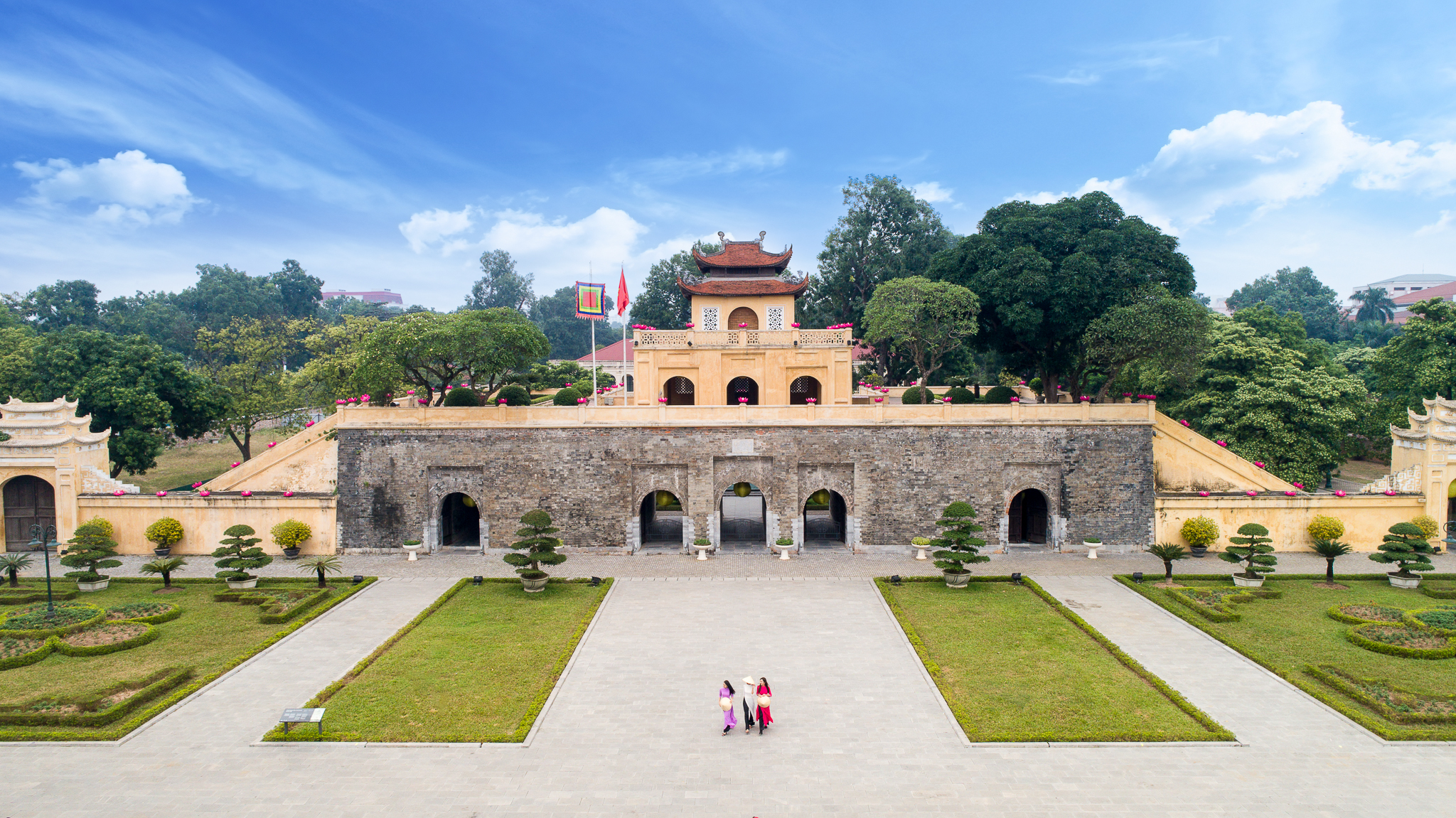
Citadel of the Ho Dynasty
Ho Dynasty Citadel, now in Thanh Hoa province, is a solid citadel with unique large-scale stone architecture in Vietnam. On June 27, 2011, after six years of submission of documents, the Ho Dynasty Citadel was recognized by UNESCO as a world cultural heritage.
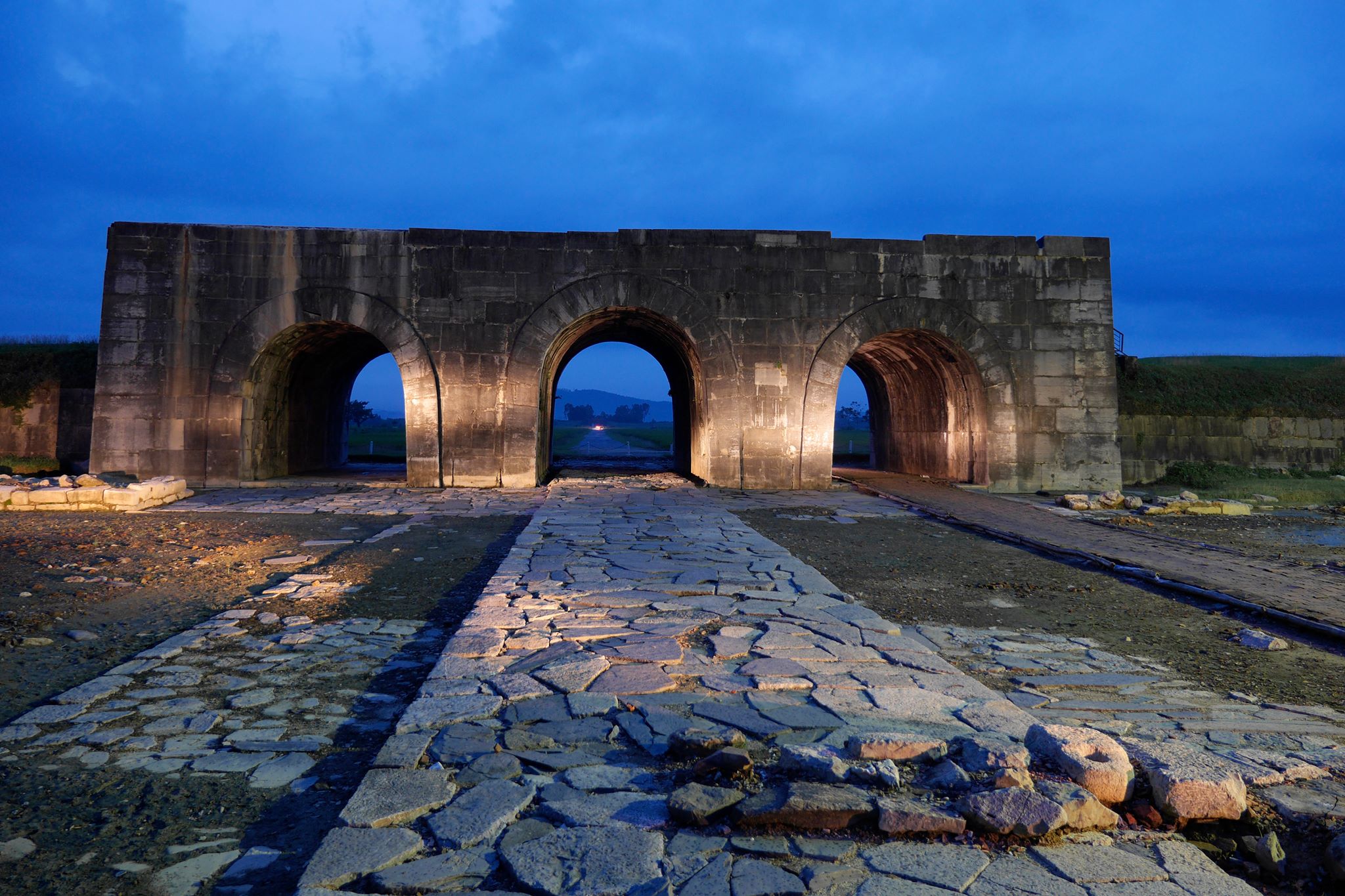
Intangible cultural heritage
Hue royal court music
Hue royal court music is the feudal court music, performed on festivals (coronation, death, other solemn festivals) during the year of the Nguyen Dynasty of Vietnam. Hue royal music has been recognized by UNESCO as the Oral Masterpiece and the human intangible masterpiece in 2003.
Space of Gong culture in the Central Highlands
The Central Highlands Gong Culture Space is recognized by UNESCO as the Oral Masterpiece and the human intangible masterpiece on November 15, 2005. The Central Highlands Gong culture space includes the following components: gongs, gong music, gong players, festivals using gongs (New Rice Celebration, Ceremony Ben water ...), venues for such festivals (long houses, communal houses, Guol houses, fields, water wharves, graves, forests next to the Central Highlands villages, ...)
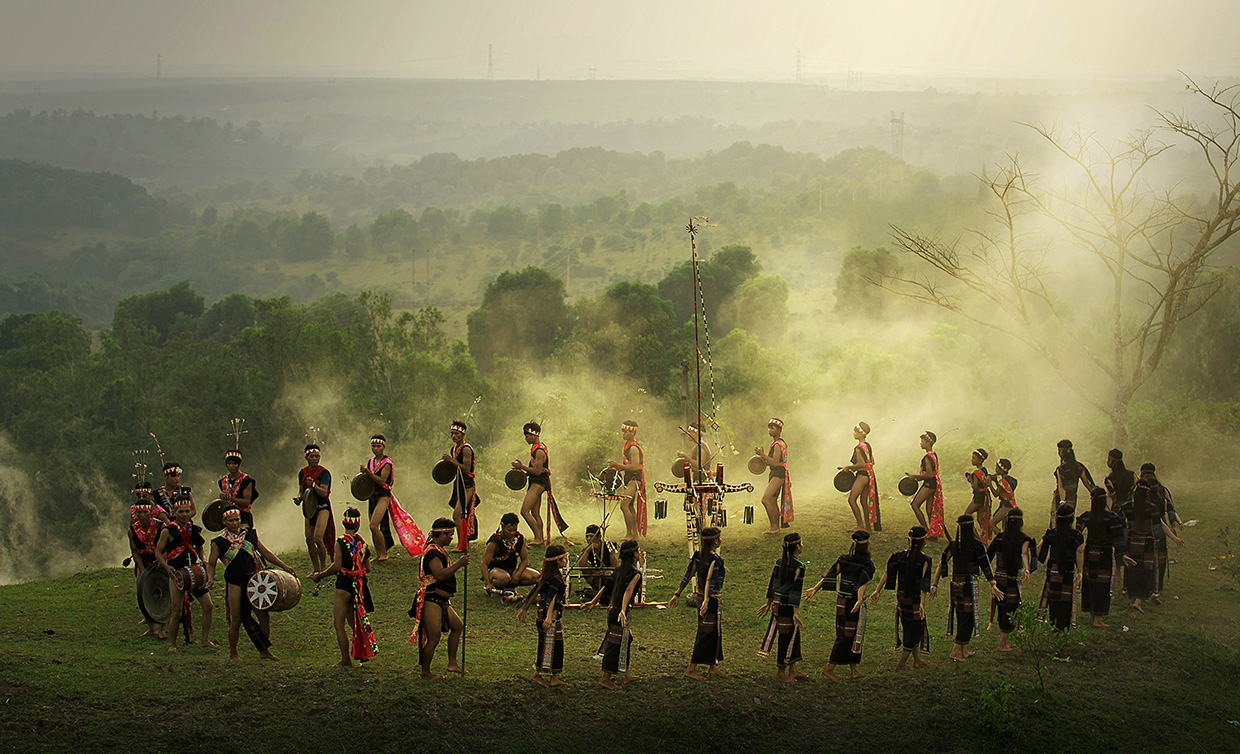
Quan Ho folk songs
Quan Ho folk songs in Bac Giang and Bac Ninh are one of the typical folk songs of the Red River Delta region in northern Vietnam. It is also known as Kinh Bac folk folk song because it was formed and developed in the ancient Kinh Bac cultural area, especially the border area of today's Bac Giang and Bac Ninh provinces. On September 30, 2009, UNESCO officially recognized Quan Ho as the intangible cultural heritage of the world.
Ca Tru
Ca tru singing is a traditional art discipline in the North of Vietnam that combines singing with some ethnic musical instruments. Ca trù has been popular since the 15th century, used to be a kind of royal song and loved by the aristocracy and intellectuals. Ca trù is a perfect and culminating combination between poetry and music October 1, 2009, at the 4th session of the UNESCO Intergovernmental Committee on the Protection of Intangible Cultural Heritage ( from September 28 to October 2, 2009), Ca trù has been recognized as an intangible heritage in need of urgent protection.
Hoi Giong
Hoi Giong is a traditional festival held annually in many localities in Hanoi to commemorate and praise the success of the legendary hero Thanh Giong, one of the four immortals of Vietnamese folk beliefs. In 2010, the Giong Association at Phu Dong temple (Gia Lam) and Soc temple (Soc Son district) was recognized by UNESCO as the intangible cultural heritage of mankind.
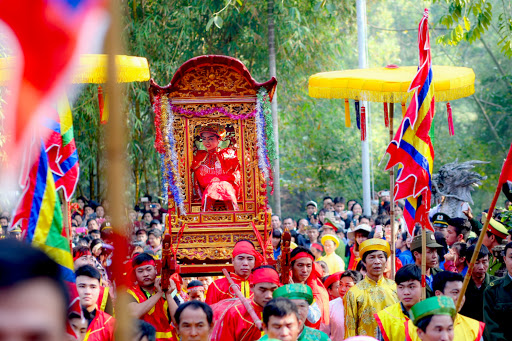
Phu Tho oval singing
Xoan singing is also known as Khuc Mon Dinh (door-communal singing). It is a singing style of worshiping gods, which has been said to date from the time of the Hung Kings. In the past, the Van Lang people held Xoan songs in the spring to welcome the new year. In 2011, singing oval was recognized by UNESCO as the intangible cultural heritage of mankind.
Worshiping beliefs of Hung Vuong
Worshiping beliefs Hung Vuong is a type of folk belief that has been handed down for a long time in Vietnam, with the focus on Phu Tho province. This type of belief has been registered by the Ministry of Culture, Sports and Tourism of Vietnam in the National List of Intangible Cultural Heritage (phase 1) and recognized by UNESCO as a representative Intangible Cultural Heritage of Humanity 2012.
Don ca tai tu
Don Ca Tai Tu is a Vietnamese national music that has been recognized by UNESCO as an intangible cultural heritage in 2013. The Don Ca Don Ca Tai was formed and developed in the late 19th century, originating from Ceremony music, Hue royal court music and folk literature 14. For example, Nghe Tinh folk music is a form of folk performing arts that occupies an important position in the cultural life of the people 2 Nghe An and Ha Tinh provinces in central Vietnam. Folklore has been recognized by UNESCO as an intangible cultural heritage on November 27, 2014 in Paris (France).
Mixed cultural heritage
The scenic complex of Trang An, Ninh Binh
Trang An is one of the places with the most beautiful and charming karst tower landscape in the world. Covering the landscape are forest cover and majestic conical towers 200m high, with narrow craters surrounded by interconnected mountain ridges, swamps through a system of trans-underground streams with the length up. up to 1 km. In addition, this place also owns scenic relics here that have been ranked by the Government of Vietnam to be of special importance such as Trang An Ecotourism Area, Tam Coc - Bich Dong Tourist Area, Bai Pagoda. Dinh, the ancient capital of Hoa Lu.
On June 23, 2014, in Doha, with the absolute consensus of the World Heritage Committee, the Trang An Scenic Area Complex officially became the first mixed world heritage site of Vietnam.
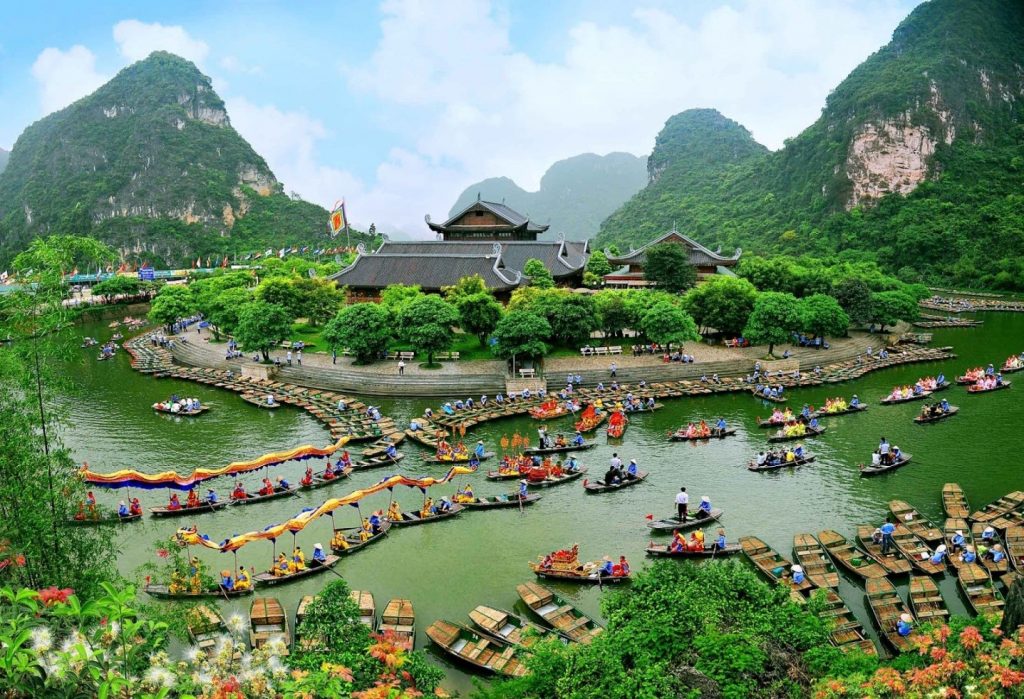
World Documentary Heritage
Woodblocks from the Nguyen Dynasty
The Nguyen Dynasty woodblocks are the first world heritage documents in Vietnam recognized by UNESCO on July 31, 2009. The Nguyen Dynasty woodblocks consist of 34,618 plates, which are Sino-Nom scripts engraved on wood to print books in Vietnam in the 19th and 20th centuries.
Van Mieu - Quoc Tu Giam stele
With special cultural and historical values, in early March 2010, 82 doctoral steles of exams under the Le - Mac dynasty (1442-1779) at Van Mieu - Quoc Tu Giam (Hanoi) were granted by UNESCO. Recognition as Documentary Heritage






